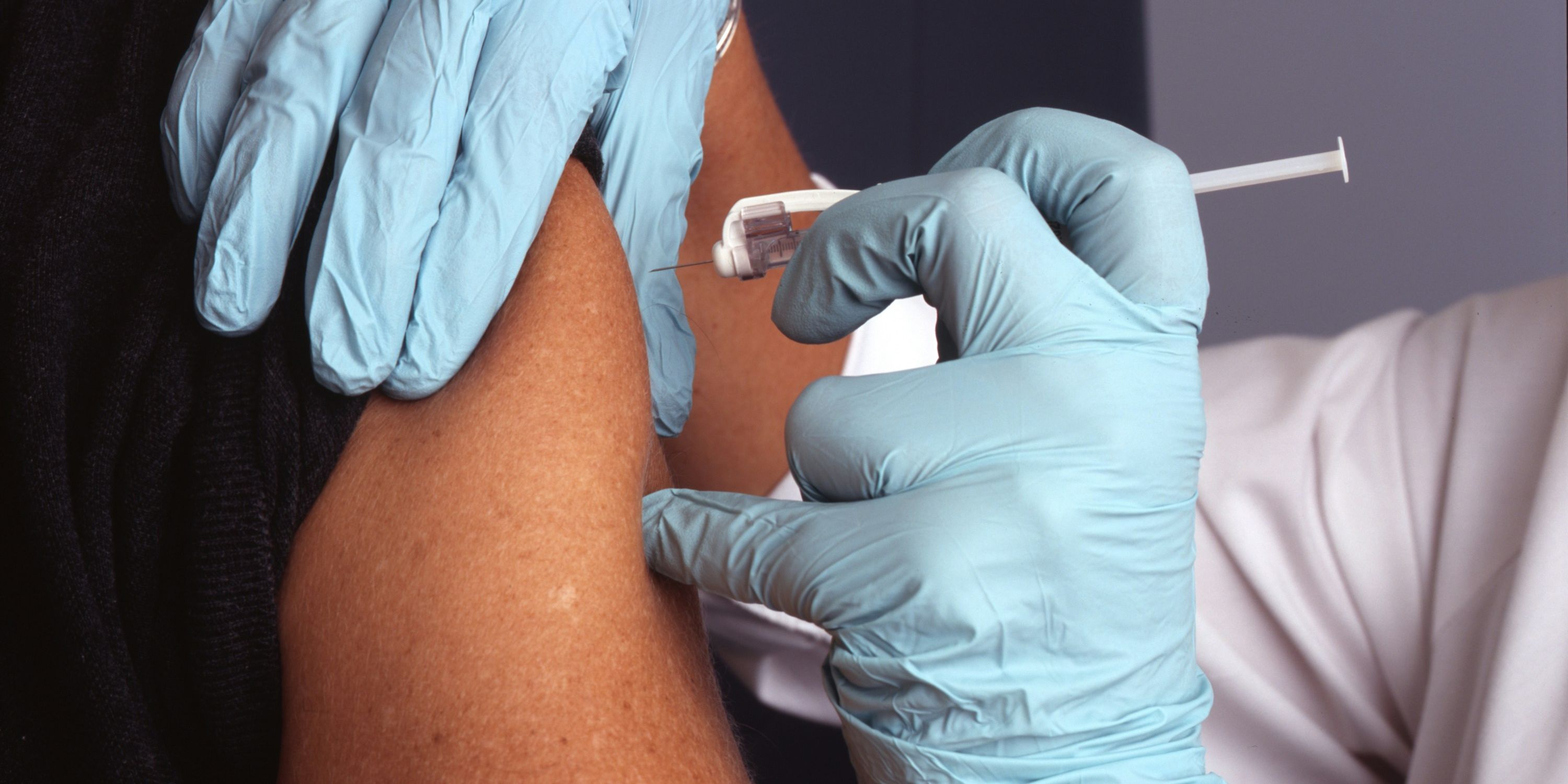Understanding Human Metapneumovirus (HMPV) Infection

Human metapneumovirus (HMPV) is a common respiratory virus that can cause mild to severe respiratory illnesses. While often mistaken for other viruses like RSV or influenza, HMPV has unique characteristics and deserves specific attention. This article explores the nature of HMPV, its symptoms, diagnosis, treatment, and prevention.
HMPV is a member of the *Paramyxoviridae* family, specifically the *Pneumovirinae* subfamily, which also includes RSV. It was first discovered in 2001 and is now recognized as a significant cause of respiratory infections worldwide, affecting individuals of all ages, although young children and the elderly are particularly vulnerable. The virus spreads through respiratory droplets produced when an infected person coughs or sneezes. Direct contact with contaminated surfaces can also lead to transmission.
Symptoms of HMPV infection can range widely in severity. In mild cases, symptoms may resemble a common cold, including runny nose, cough, sore throat, and mild fever. However, more severe cases can lead to bronchiolitis (inflammation of the small airways in the lungs) and pneumonia, particularly in infants, young children, and older adults with underlying health conditions. These more severe cases can cause difficulty breathing, wheezing, and rapid breathing, requiring hospitalization. In some cases, HMPV infection can lead to serious complications, including dehydration and respiratory failure.
Diagnosing HMPV infection can be challenging because its symptoms often overlap with other respiratory viruses. Diagnosis typically involves a laboratory test, such as a polymerase chain reaction (PCR) test, which can detect the virus's genetic material in a respiratory sample (nasal or throat swab). Rapid antigen tests are also available, but they are less sensitive than PCR tests. A doctor will consider the patient's symptoms and medical history, along with the results of the laboratory tests, to reach a definitive diagnosis.
Currently, there is no specific antiviral treatment for HMPV. Treatment primarily focuses on managing symptoms, which may include rest, fluids, and over-the-counter medications to alleviate fever and discomfort. In severe cases, hospitalization may be necessary to provide respiratory support, such as oxygen therapy or mechanical ventilation. Supportive care remains the cornerstone of HMPV management. For infants and young children with severe symptoms, hospitalization often involves monitoring vital signs, ensuring adequate hydration, and providing respiratory support as needed.
Preventing HMPV infection is crucial, especially for vulnerable populations. Good hygiene practices, such as frequent handwashing, covering coughs and sneezes, and avoiding close contact with infected individuals, are essential. Vaccination against influenza and pneumococcal infections can help reduce the risk of severe respiratory illnesses, although there is currently no vaccine specifically for HMPV. However, research into developing an HMPV vaccine is ongoing. Regular healthcare visits for infants and elderly individuals can also help identify and manage any respiratory issues promptly. Early detection and treatment are crucial to improve outcomes and minimize complications.
In conclusion, HMPV is a significant respiratory virus affecting people of all ages, particularly vulnerable groups. While symptoms can range from mild to severe, early diagnosis and supportive treatment are vital for managing infection. Practicing good hygiene and staying up-to-date on recommended immunizations against other respiratory viruses are crucial steps in preventing HMPV infection and mitigating its potential consequences.